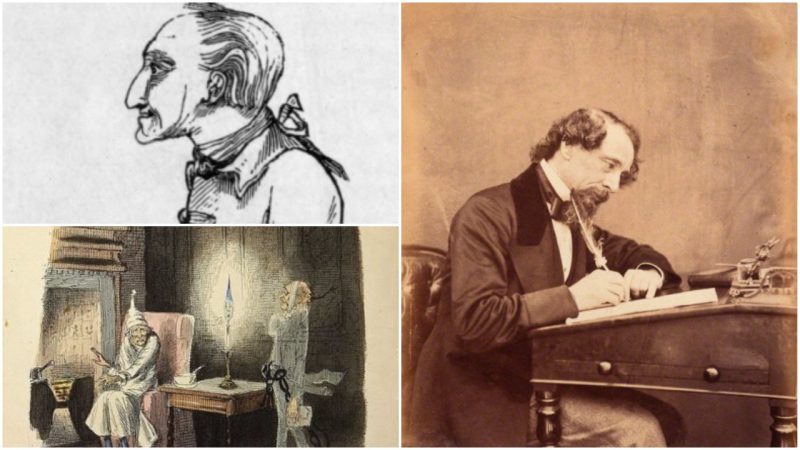Of all of Charles Dickens’ characters, Ebenezer Scrooge resonates most vividly across time; he is the ultimate example of greed and selfishness. Even the name “Scrooge” is a popular aphorism for a grumpy old man.
There are several theories speculating on the main inspiration for the character. One of them is John Elwes, and the other is Ebenezer Lennox Scroogie. Nobody knows if Dickens was inspired by both or just one of them.
Charles Dickens struggled in writing and publishing this literary masterpiece, as there were many financial setbacks going on at the same time. A Christmas Carol was published on December 19, 1843, and it had taken just six weeks for Dickens to write it. He took breaks for a brisk walk early in the morning to settle his thoughts, but other than that he was writing fast and furious.
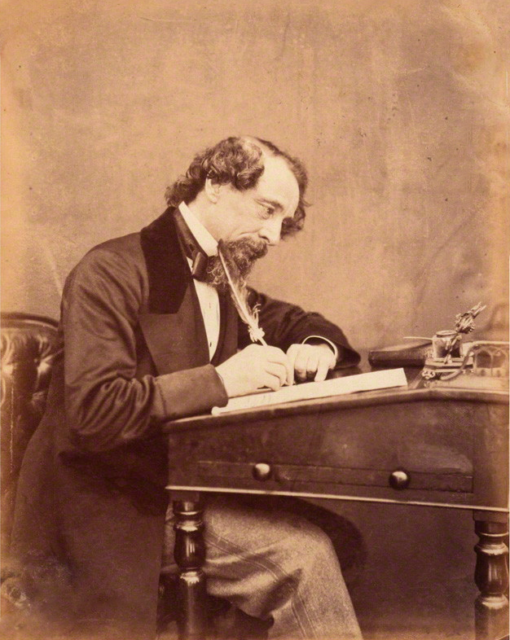
According to legend, when Dickens visited Edinburgh in 1841, he went to the city’s Canongate churchyard and there he noticed a strange gravestone with “Ebenezer Lennox Scroogie — MEAN MAN (1792-1836)” written on it. Dickens noted the harsh inscription and perhaps thought to himself how terrible it was for this man to be remembered in such a way.
Details of the man’s life are sparse and largely unchecked, but it has been confirmed that he was a vintner and corn merchant. It was only by mere chance that he was associated with Dickens’ bitter character.
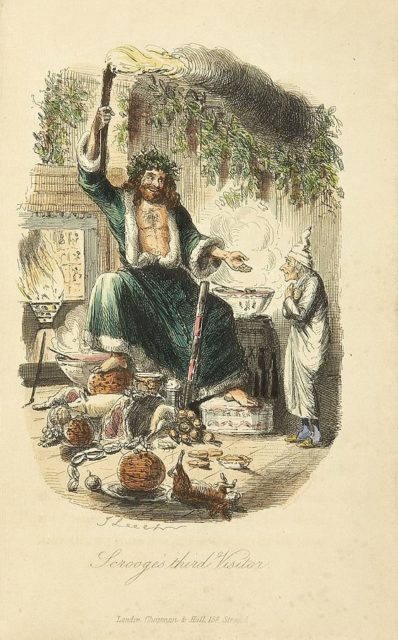
Born in Kircaldy, he grew to be a party-going, hedonistic, raunchy, and generous man who once interrupted a general assembly of the Church of Scotland by grabbing the buttocks of a hapless countess; he also won a very honorable catering contract as a meal man for George IV when the king was on a visit to Edinburgh in 1822.
He won the first whiskey supply contract for the Royal Navy, was recognized as the great-nephew of the famous economist Adam Smith, and allegedly getting a serving lady pregnant, to everyone’s shock.
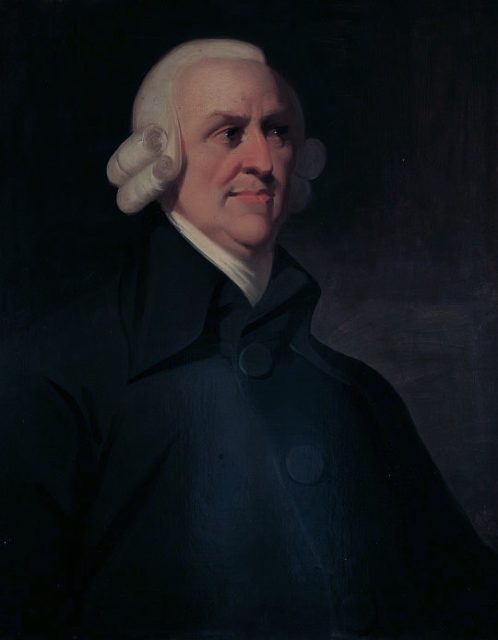
The problem with that widely accepted tale is that there is not enough evidence to support it. There is a lack of evidence in the post office directories for a Ebenezer Scroggie, and there are no parish burial records, plus the grave is no longer there. It’s also possible that instead of “Mean Man,” the tombstone said, “Meal Man..”
A more fact-friendly story of the real person who inspired Dickens was the incredible penny-pinching politician known as John Elwes. He is remembered as the epitome of miserly eccentricity.
John Elwes was born John Meggot in 1714, and he changed his name in order to inherit his uncle’s money. But a large inheritance failed to put a stop to this man’s unimaginable skinflint stinginess.
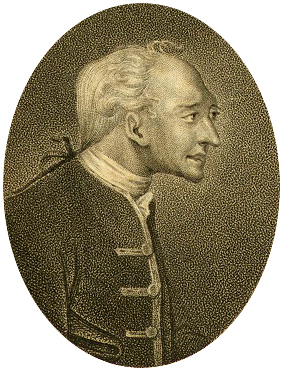
Robert Meggot, his father and a wealthy London brewer, died when Elwes was only four. His mother also died not long after and left him an estimated £100,000 (about $10.5 million in today’s money) in inheritance. His mother was so miserly that despite being wealthy it’s believed that she literally starved herself to death.
The second large inheritance was from Elwes’ entitled uncle, Sir Harvey Elwes, who died in 1763, and his even larger estate–worth more than £250,000 ($23 million)–was also given to him. It’s thought that the biggest reason for young John’s stinginess was his desire to impress his uncle. Formerly a typical rich kid, he changed his snobbish ways to earn Sir Harvey’s favor.
Stories of his self-destructive miserliness have made their way into books, such as the fact that Elwes always went to bed in darkness so he wouldn’t use a precious candle.
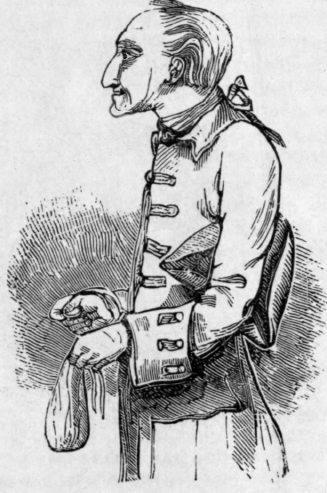
He would sit with his servants in the kitchen so as not to light another fire in the living room. His mansion was equipped with luxury furniture, but it would be in a complete state of decay, with water dripping from every hole in the roof. Elwes simply refused to pay good money for any maintenance on his house.
The miser usually wore ragged clothes, even to bed, and he would be mistaken as a beggar and given handouts, much to his joy. He wore a tatty wig he found discarded in a hedge, avoided paying coaches during the rain while sitting in wet clothes so as not to use up all the wood for a fire, ate moldy food, and even took a moorhen from a rat, so legend has it.
When it came to food, he would take along a single hard-boiled egg to eat and a pancake could be found in his pocket, sitting there for a whole day. He would swear it was as good as new just as he was about to eat it in front of a shocked friend of his.
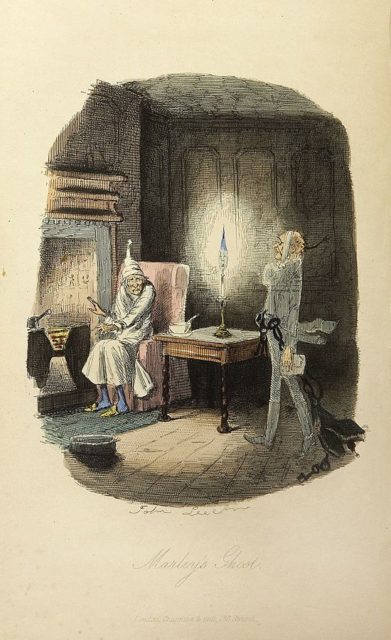
A story tells of a wounded Elwes with both of his legs badly gashed while walking in the dark. The insane man only allowed the apothecary to treat one while wagering his fee that the untreated limb would heal first. Elwes won the bet after a fortnight, delightedly avoiding paying the poor doctor.
Elwes was elected MP for Berkshire in 1772, sitting in the House of Commons as a compromise candidate and replacing Thomas Craven. He paid a whopping 18 pence in election expenses. His new position meant regular travel to London, and of course, he went there riding a horse via a roundabout route to avoid the expensive turnpike tolls.
Elwes sat with either party all according to his own whim, and not even once rose to address the House of Commons. Fellow members mockingly observed that since he possessed only one suit, they could never accuse him of being a “turncoat.”
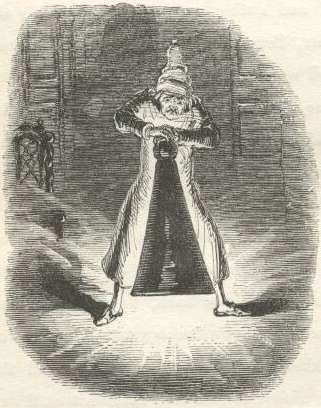
After 12 long years, he gave up his political seat, growing tired of what he saw as the outrageous financial demands. He then immersed himself in full-time miserliness.
Surprisingly, he did actually put a large sum of his money to good use. If it weren’t for the man who inspired fiction’s greatest miser, amazing Georgian architecture in London such as Piccadilly, Portman Square, the famous Baker Street, and Marylebone wouldn’t exist.
He also lost a lot of money through investing unwisely and lending large sums to colleagues who then failed to repay him.
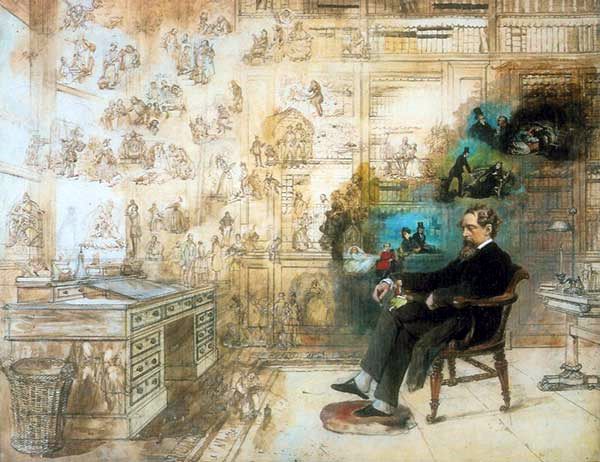
Through his unimaginable penny-pinching, Elwes managed to leave an estate worth at least £500,000 ($57.5 million adjusted for inflation) to his two sons, both of whom were born out of wedlock, when he kicked the miserly bucket in 1789.
After his death, Edward Topham immortalized the tightfisted Elwes and wrote a popular biography of the man that was published in 12 editions over the following years. Topham had his own reasons for writing Elwes’ story because, to him, Elwes represented “the perfect vanity of unused wealth.”
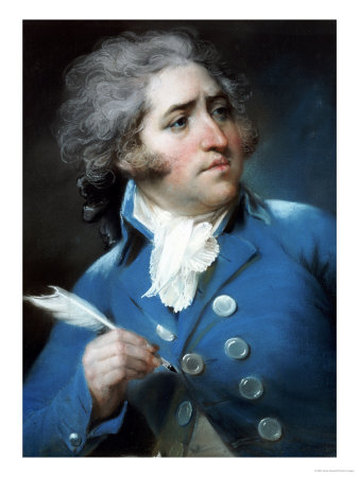
Topham hit the nail on the head when he summed up his stingy old friend excellently in one paragraph: “…his public character lives after him pure and without stain. In private life, he was chiefly an enemy to himself.”
He continued, “To others, he lent much; to himself, he denied everything. But in the pursuit of his property, or in the recovery of it, I have it not in my remembrance one unkind thing that ever was done by him.”
